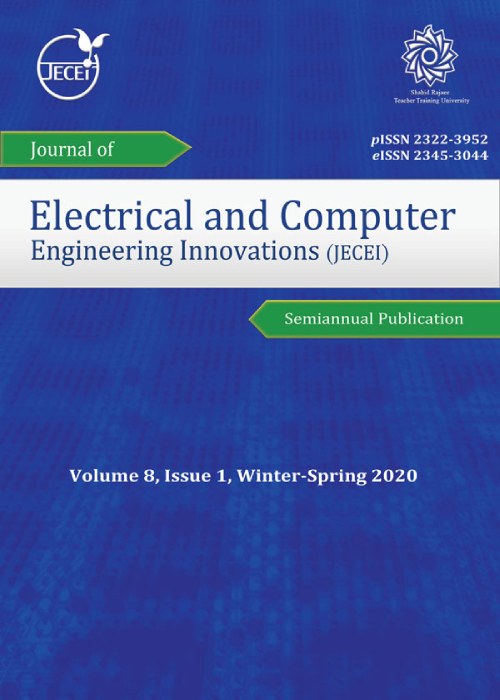Estimation of Wheel-Rail Adhesion Force Using Traction System Behavior
Author(s):
Article Type:
Research/Original Article (دارای رتبه معتبر)
Abstract:
Background and Objectives
Traction system and adhesion between wheel and rail are fundamental aspects in rail transportation. Depending on the vehicle's running conditions, different levels of adhesion are needed. Low adhesion between wheel and rail can be caused by leaves on the line or other contaminants, such as rust or grease. Low adhesion can occur at any time of year especially in autumn, resulting in disruptions to passenger journeys. Increased wheel-rail adhesion for transit rail services results in better operating performance and system cost savings. Deceleration caused by low adhesion, will extend the braking distance, which is a safety issue. Because of many uncertain or even unknown factors, adhesion modelling is a time taking task. Furthermore, as direct measurement of adhesion force poses inherent challenges, state observers emerge as the most viable choice for employing indirect estimation techniques. Certain level of adhesion between wheel and rail leads to reliable, efficient, and economical operation.Methods
This study introduces an advantageous approach that leverages the behavior of traction motors to provide support in achieving control over wheel slip and adhesion in railway applications. The proposed method aims to enhance the utilization of existing adhesion, minimize wheel deterioration, and mitigate high creep levels. In this regard, estimation of wheel-rail adhesion force is done indirectly by concentrating on induction motor parameters as railway traction system and dynamic relationships. Meanwhile, in this study, we focus on developing and applying the sixth-order Extended Kalman Filter (EKF) to create a highly efficient sensorless re-adhesion control system for railway vehicles.Results
EKF based design is compared with Unscented Kalman Filter (UKF) based and actual conditions and implemented in Matlab to check the accuracy and performance ability for state and parameter estimation. Experimental results showed fast convergence, high precision and low error value for EKF.Conclusion
The proposed technique has the capability to identify and assess the current state of local adhesion, while also providing real-time predictions of wear. Besides, in combination with control methods, this approach can be very useful in achieving high wheel-rail adhesion performance under variable complex road conditionsKeywords:
Language:
English
Published:
Journal of Electrical and Computer Engineering Innovations, Volume:12 Issue: 1, Winter-Spring 2024
Pages:
271 to 282
magiran.com/p2658608
دانلود و مطالعه متن این مقاله با یکی از روشهای زیر امکان پذیر است:
اشتراک شخصی
با عضویت و پرداخت آنلاین حق اشتراک یکساله به مبلغ 1,390,000ريال میتوانید 70 عنوان مطلب دانلود کنید!
اشتراک سازمانی
به کتابخانه دانشگاه یا محل کار خود پیشنهاد کنید تا اشتراک سازمانی این پایگاه را برای دسترسی نامحدود همه کاربران به متن مطالب تهیه نمایند!
توجه!
- حق عضویت دریافتی صرف حمایت از نشریات عضو و نگهداری، تکمیل و توسعه مگیران میشود.
- پرداخت حق اشتراک و دانلود مقالات اجازه بازنشر آن در سایر رسانههای چاپی و دیجیتال را به کاربر نمیدهد.
In order to view content subscription is required
Personal subscription
Subscribe magiran.com for 70 € euros via PayPal and download 70 articles during a year.
Organization subscription
Please contact us to subscribe your university or library for unlimited access!


